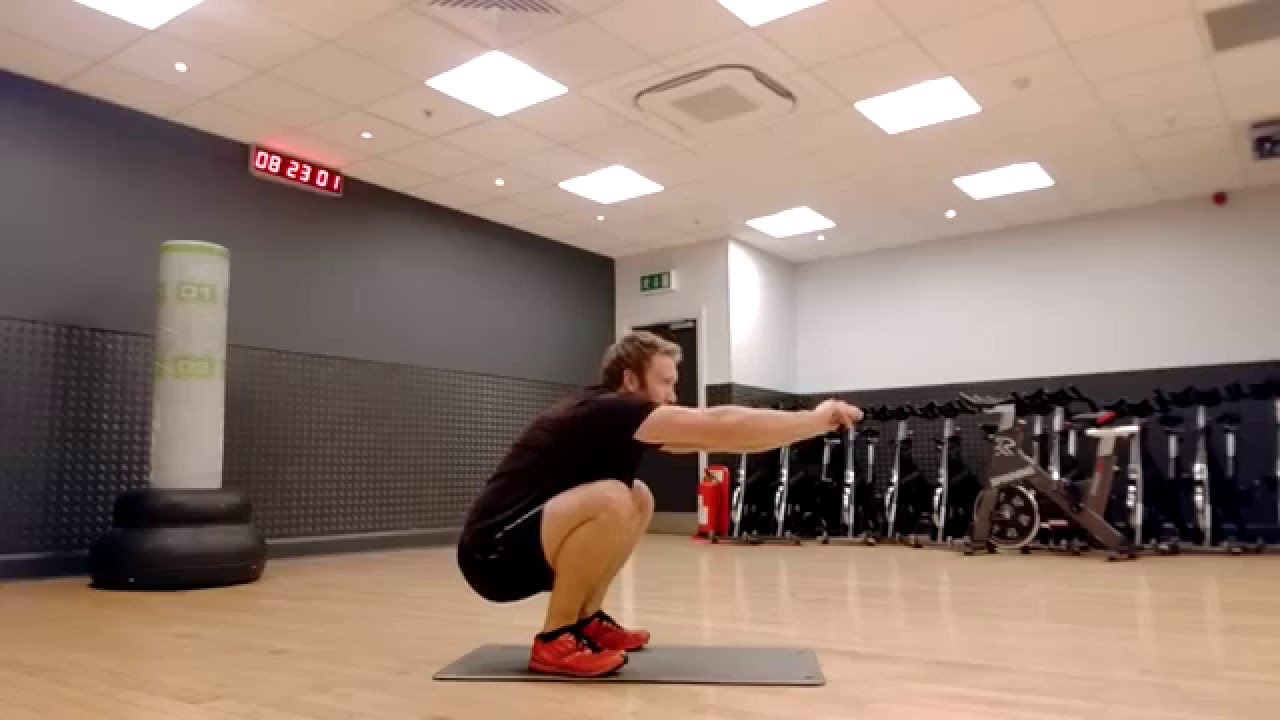Last Updated on September 16, 2022
If you have pain in your upper back during squats, you are likely overusing your muscles. In addition to being overused, muscles can also become tight and tense. Squats are a common way to overuse the musculature in the upper back. Poor form, lifting heavy weights, or using excessive weight can cause back pain while squatting.
Keeping your upper back tight during a squat
To ease upper-back pain, keep your back tight while performing squats. While squatting, make sure you keep your upper-back muscles tight. If you squat down, your ribs will be pressed against the bar and your neck will be packed. This posture will improve your posture and ease upper-back pain. To avoid back pain, use a squat pad to support your neck and shoulders.
Many people do not realize that keeping their upper back tight during a squae can help alleviate pain in the upper back. The bar rests on the back, compressing the thoracic spine. A strong Tarzan Chest is the key to achieving this posture. To do this, make sure you are maintaining your Tarzan Chest throughout the exercise.
The best way to develop your upper back is by adding an upper-back development day to your training program. If you regularly do squats and feel pain, add some upper-back development workouts to your training program. You may want to schedule a dedicated day for upper-back development, or add it as an after-squat workout. Remember that upper-body mobility is crucial for your back’s health and performance, so it is vital that you improve your upper-back mobility.
In addition to proper form, avoiding improper foot placement during a squat can also help ease the pain in your upper back. Proper foot placement is also crucial. If you squat too far forward, your knees will collapse, resulting in a wobbly squat, or you may have low-back pain. In such a case, you may have to adjust the foot position.
Proper foot position during a squat is important for the proper positioning of your hips and shoulders. A strong upper back will help you to avoid upper back pain. In addition to adjusting the grip width, you should make sure to pull your shoulder blades down. Scapular retraction also improves posture by setting the shoulder blades on the back of the ribs. This will also add additional stability to your shoulder joint.
Having poor shoulder mobility causes back pain while squatting
Poor shoulder mobility is a common cause of upper back pain while squatting. The shoulder needs ample mobility to place the barbell on the back properly, especially in the low-bar squatting position. Tight pecs can exacerbate pain by inhibiting arm movements and causing shoulder pain. A complete day’s rest can help alleviate pain immediately. This can help you get back to squatting comfortably again.
While most shoulder pain can be related to poor shoulder mobility, some causes of this condition are more serious. Shoulder pain in this area can also be a symptom of osteoarthritis, scoliosis, or a tear in a muscle. Regardless of the cause, it is important to see a doctor for a thorough examination and appropriate treatment. Once diagnosed, there are many treatment options available to treat this problem.
When you squat, you need good shoulder mobility in all three planes: external rotation, flexion, and horizontal flexion. When lying on your side, you should be able to bring your arms to the floor with a 90-degree angle. If you are unable to do this, you could end up injuring yourself. To prevent this problem from occurring, you should work on correct shoulder mobility and squatting mechanics.
During squatting, you should make sure that you maintain a neutral neck position and slightly downward gaze while squatting. Your back should be stable and the rib cage should be close to the belt, with the neck tilted slightly downward and the eyes looking at 15 feet. Performing squats with the proper neck position can reduce the risk of injury and improve orthopedic health.
While back squats aren’t generally bad form, men with back problems will likely have troubled form. Poor shoulder mobility is essential for proper bar placement and is the primary cause of back pain in men. When this is lacking, the pelvis compensates for this issue by tilting forward instead of squatting. This causes excessive lordosis and impairs proper bracing of core muscles.
Reduce squat frequency to recover from a neck injury
If you have a history of neck injuries, you may want to reduce the frequency of your squats while you are recovering. Your neck is a smaller muscle group than your chest, back, or legs, and it can take extra time to recover from squats. To make the recovery process faster, you can substitute low-impact exercises such as leg presses, front squats, and safety bar squats.
The most common mistake that lifters make is the barbell placement. They worry the barbell will come off of their backs. While this is unlikely to happen, proper placement can cause the barbell to drop onto your neck. You may also have to lower the barbell than you originally planned. If you experience pain while squatting but not while lifting weights, it is likely that you have an acute muscular strain.
Side effects of squats on your upper back
You’ve probably heard about the side effects of squats on your lower back and glutes, but do you know how to avoid them? While you should be aware of the potential side effects of squats, it’s also vital to avoid injuries. While squats may be effective for building leg strength, they can also exacerbate back pain. To avoid such painful side effects, be sure to practice correct form and pay special attention to your posture.
Squats should be performed with the feet slightly wider than hip-width apart. Then, lower the hips until your thighs are parallel with the floor. Try to reach the floor with your toes, and exhale slowly to return to the starting position. Then, repeat the exercise a few more times until your muscles are strong and your lower back is pain-free.
If you’re not sore at the end of your workout, it’s probably because you are not challenging yourself enough. If you’re not sore after doing squats correctly, you’re probably not challenging yourself enough. You should start by watching squat videos or reading detailed descriptions. Only then will you be sure to feel sore. In addition to sore upper back muscles, squats also work the musculature of the upper back.
The benefits of squats are well-documented. A strong core will make daily movements easier, reduce back pain and promote a good posture. Researchers compared how well people perform squats with a plank. The findings concluded that back squats activate more core muscles than planks. These benefits translate into better performance in athletics and reduced risk of injury.
In addition to their benefits, squats can also cause injury. Studies have shown that females are more prone to lower back problems than males, but proper technique can help you avoid these risks. While squats are highly effective for strengthening and sculpting the entire body, they can cause lower back pain if done incorrectly. If you do suffer from these pains, you may want to consider changing your technique.
About The Author

Gauthier Daniau is a freelance problem solver. He first discovered his knack for trouble-shooting when he was still in diapers - and hasn't looked back since. When he's not slaying zombies or internet ninjas, GAUTHIER enjoys working with animals of all shapes and sizes. He's also something of a social media expert and loves to get lost in numbers and figures.

